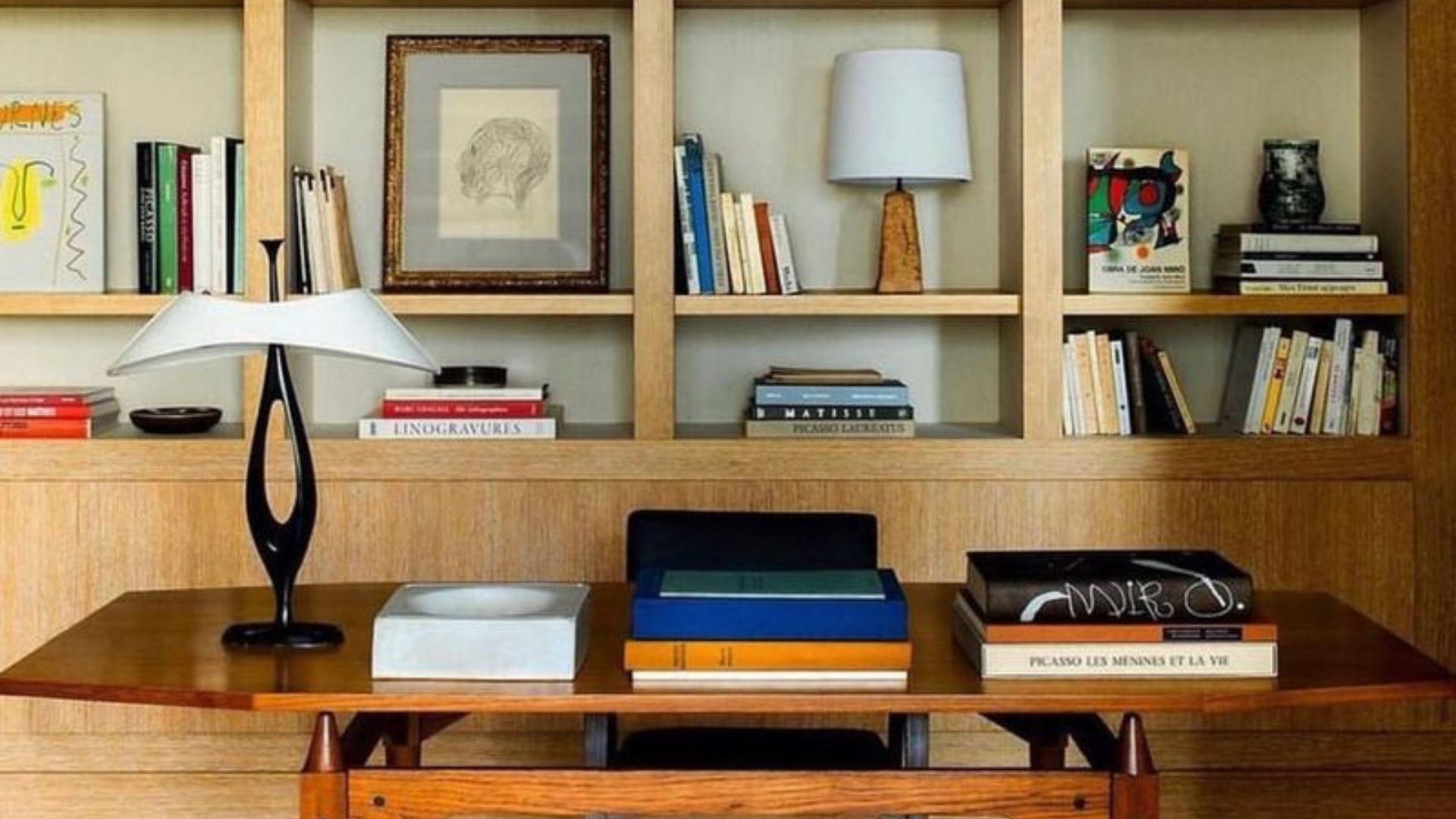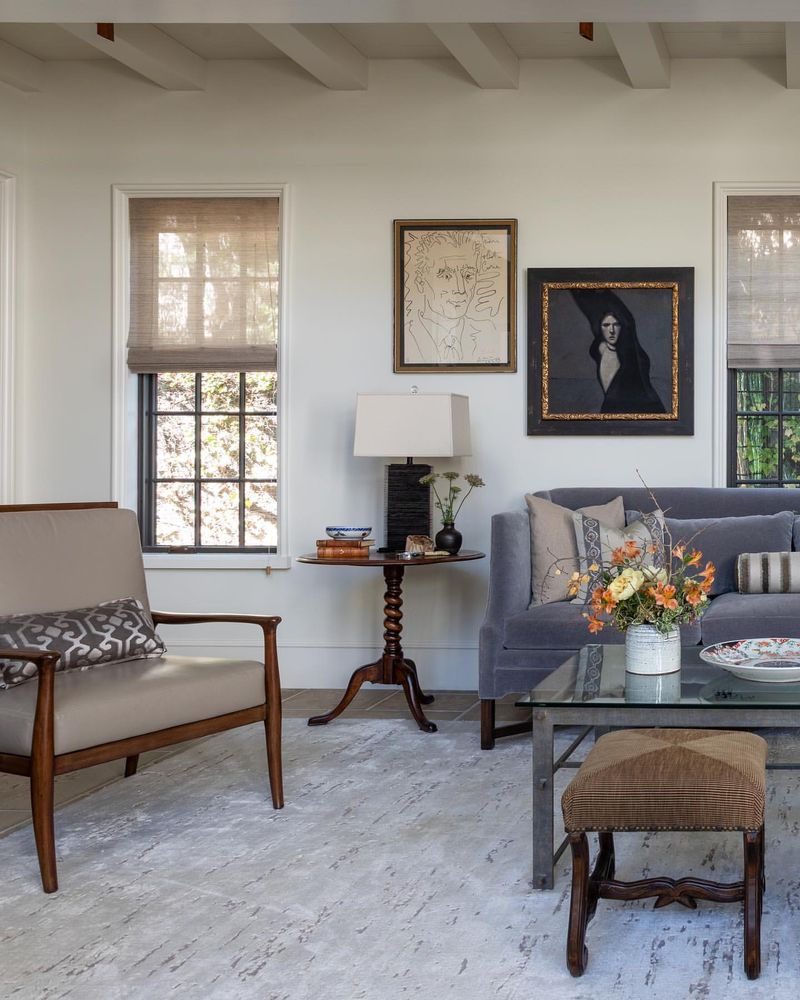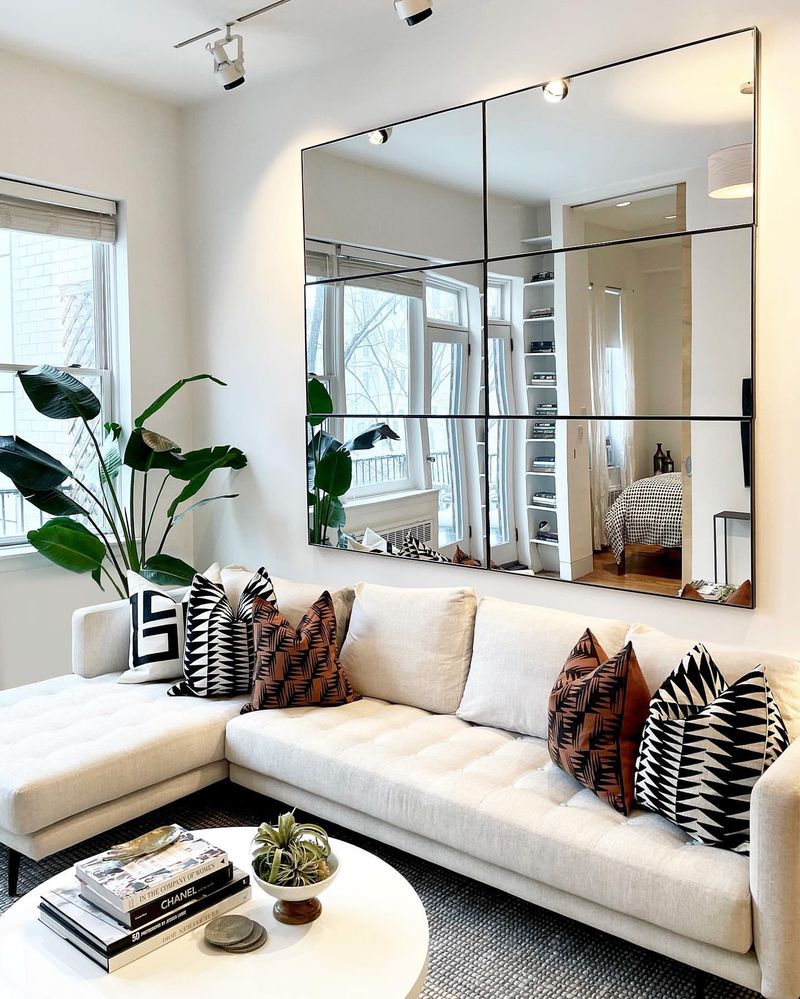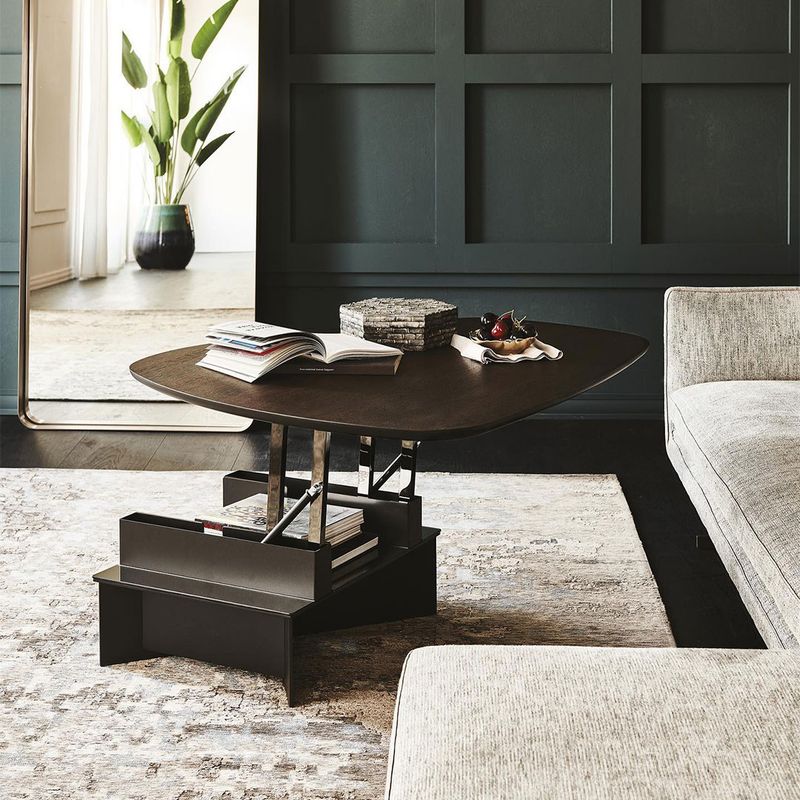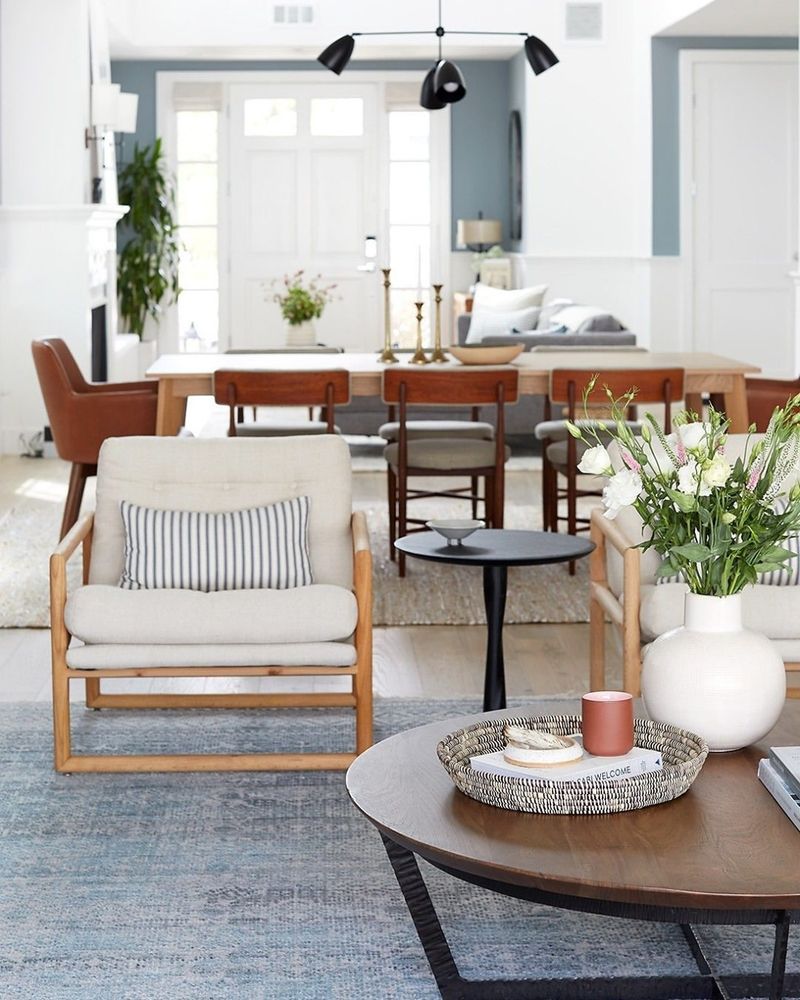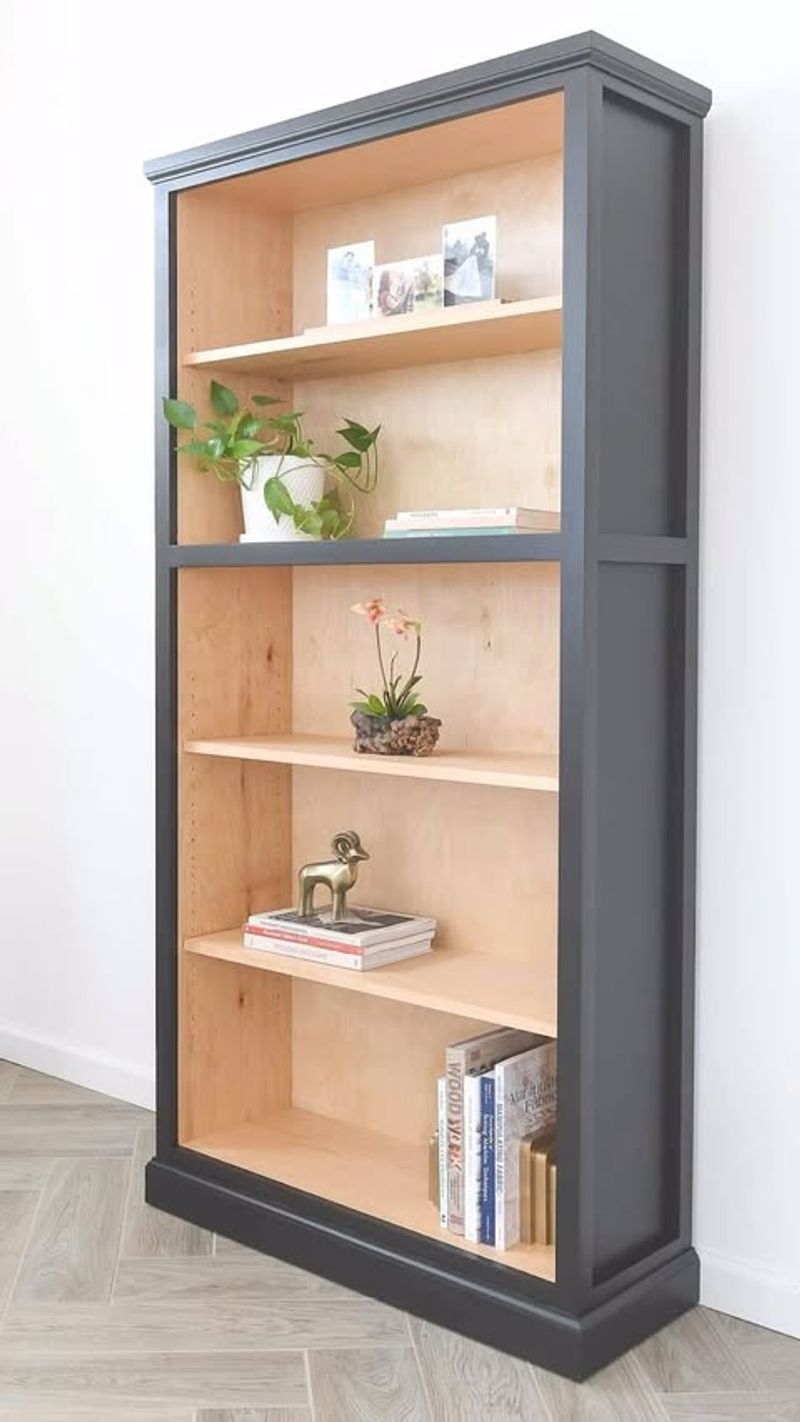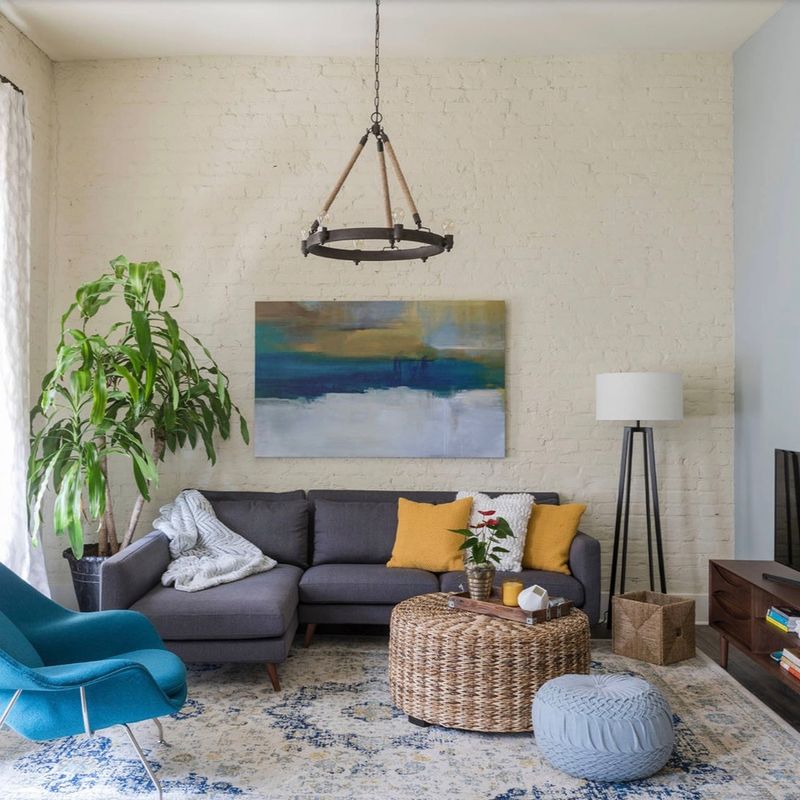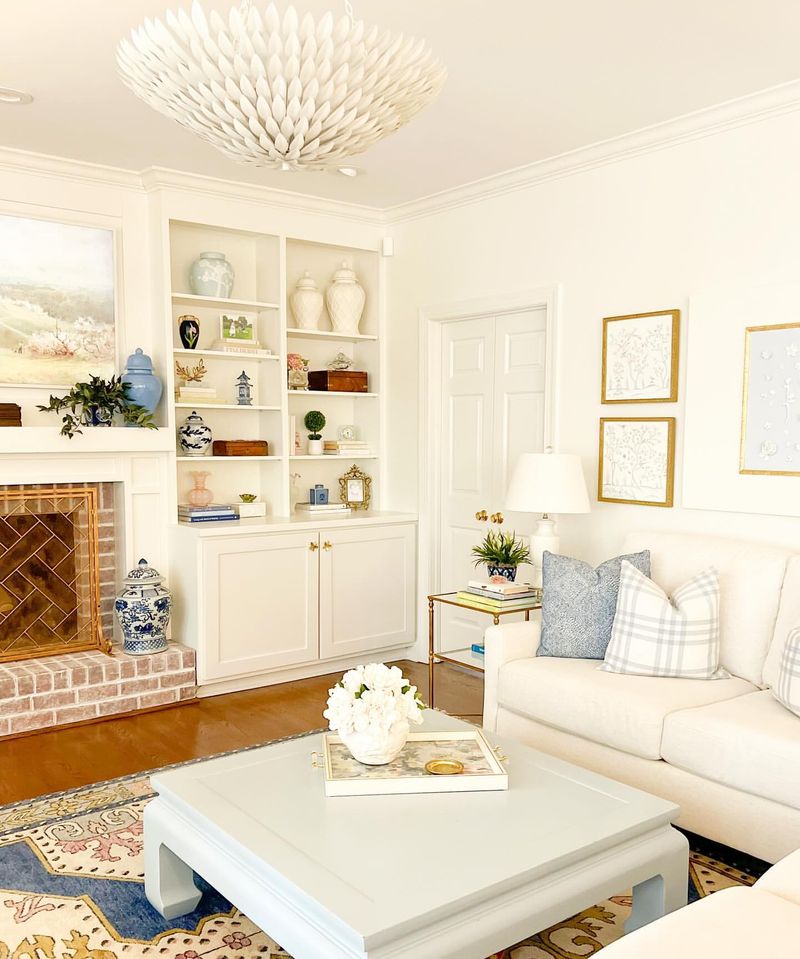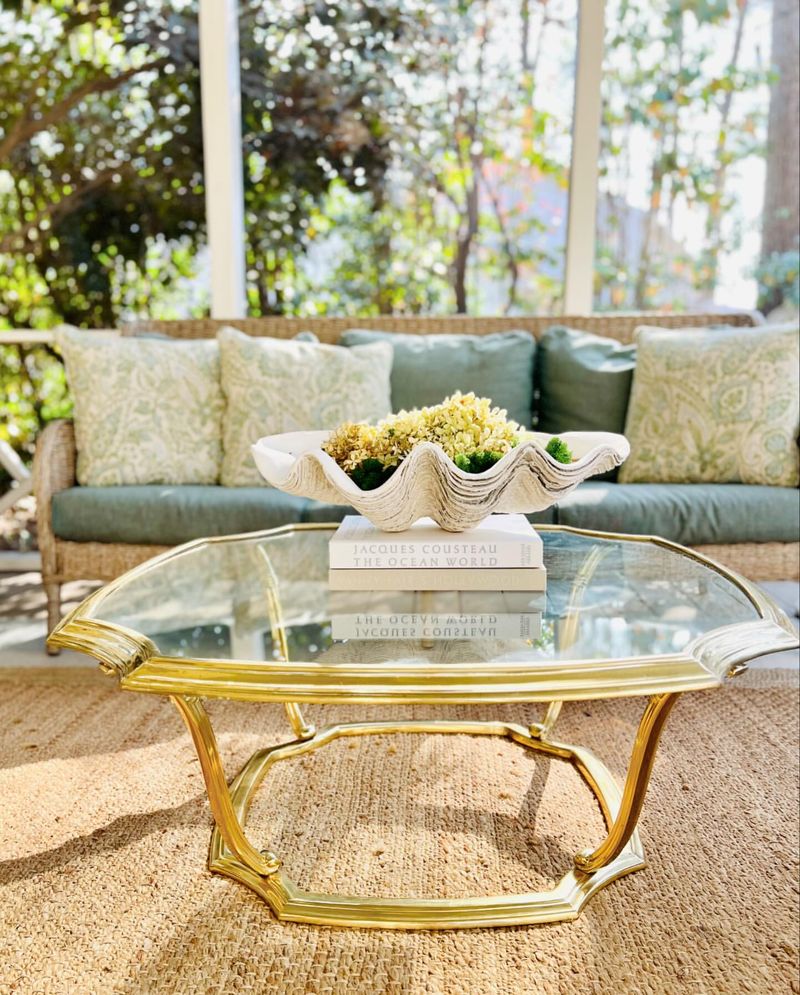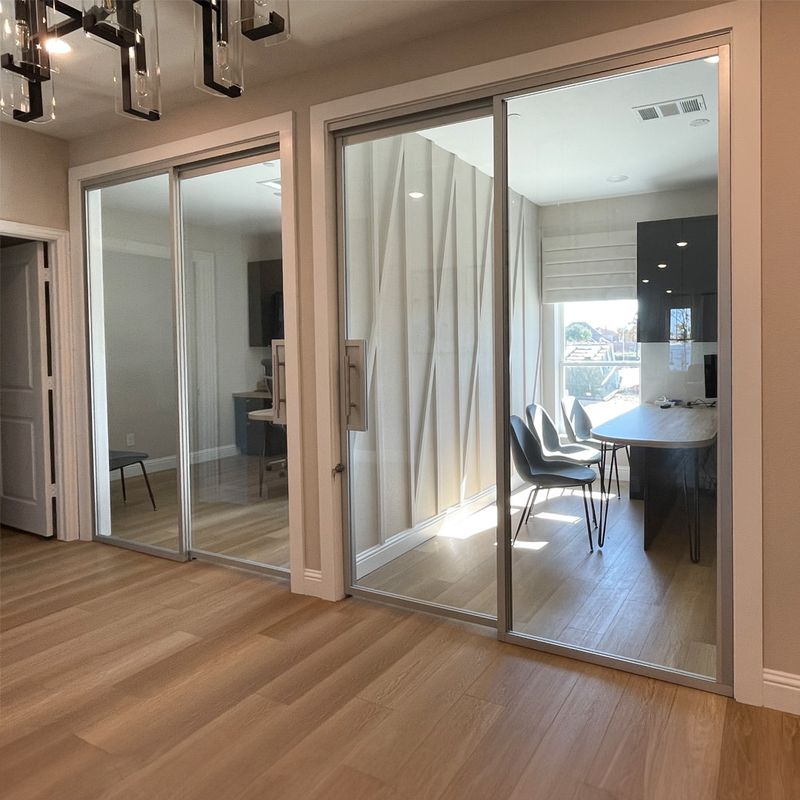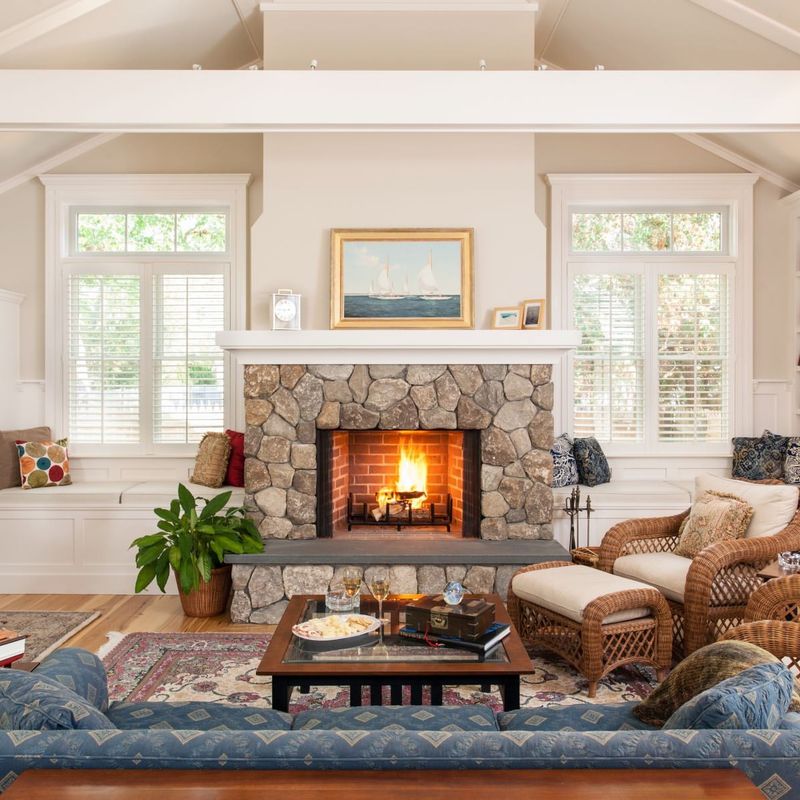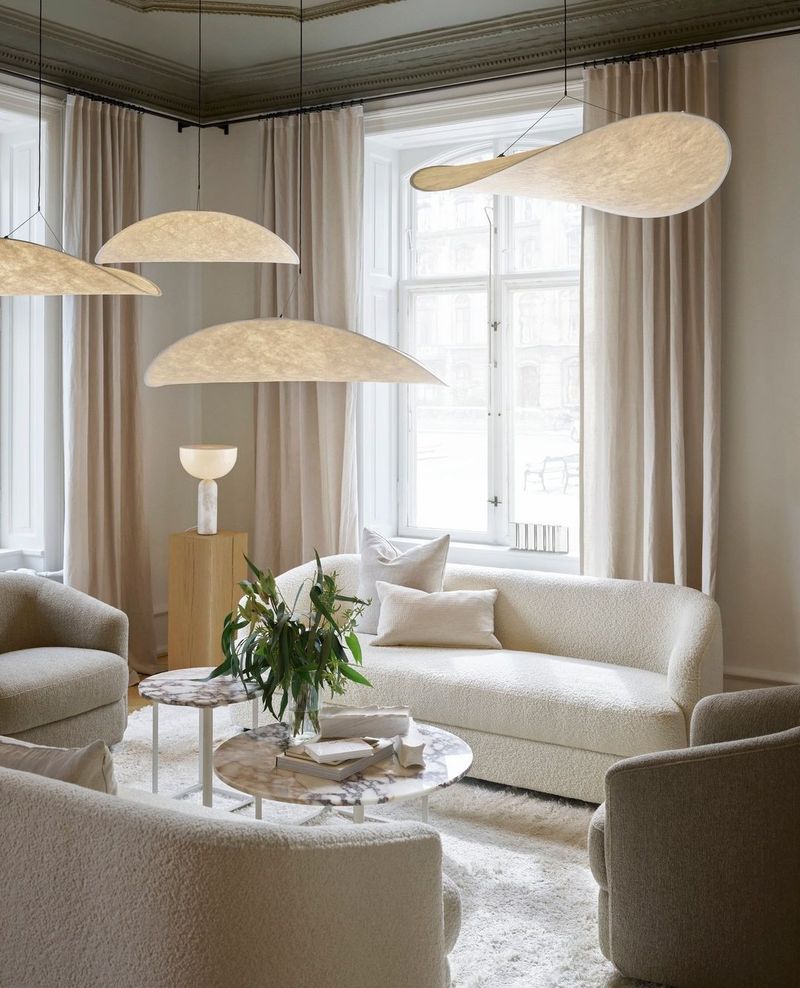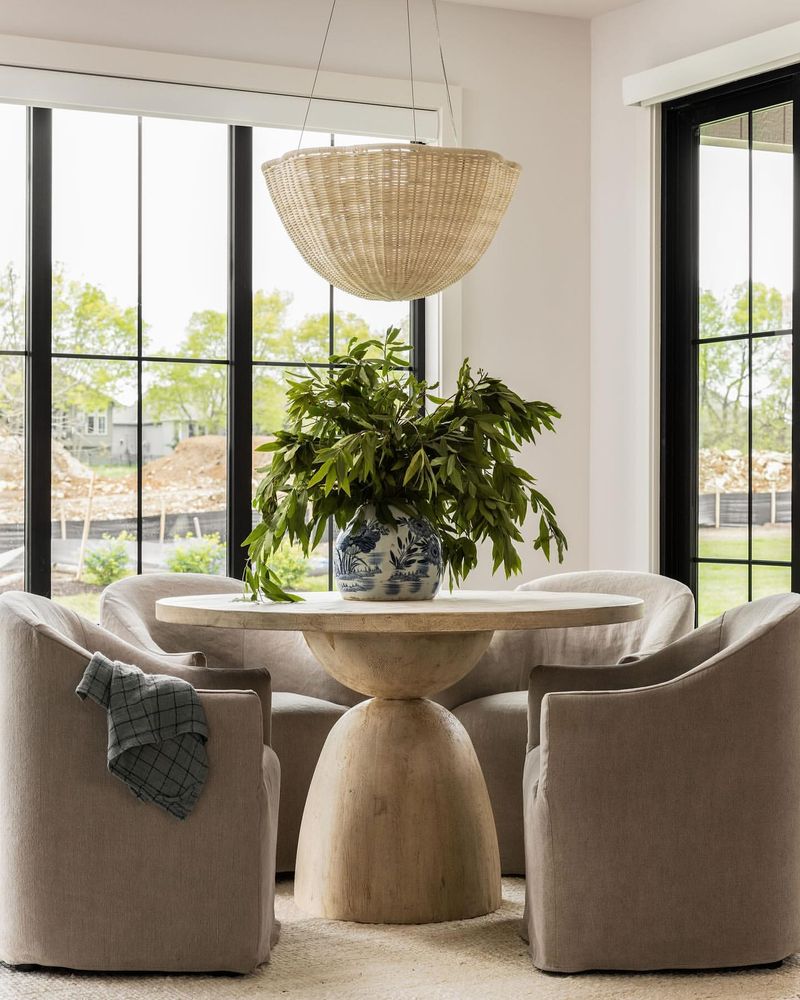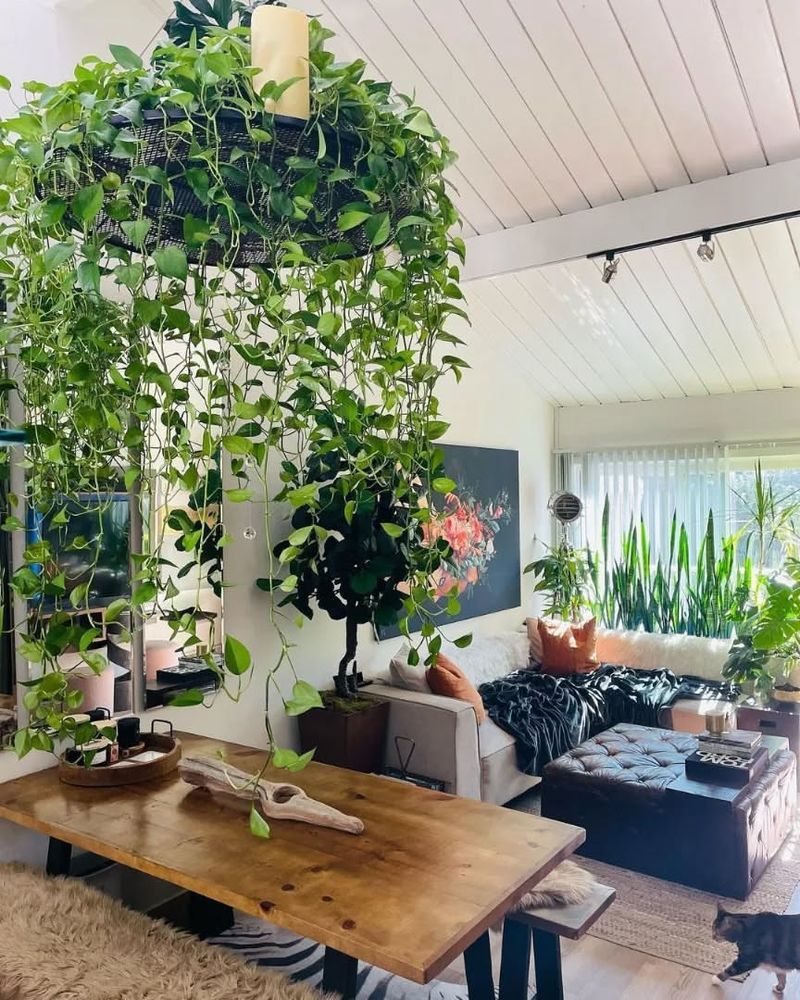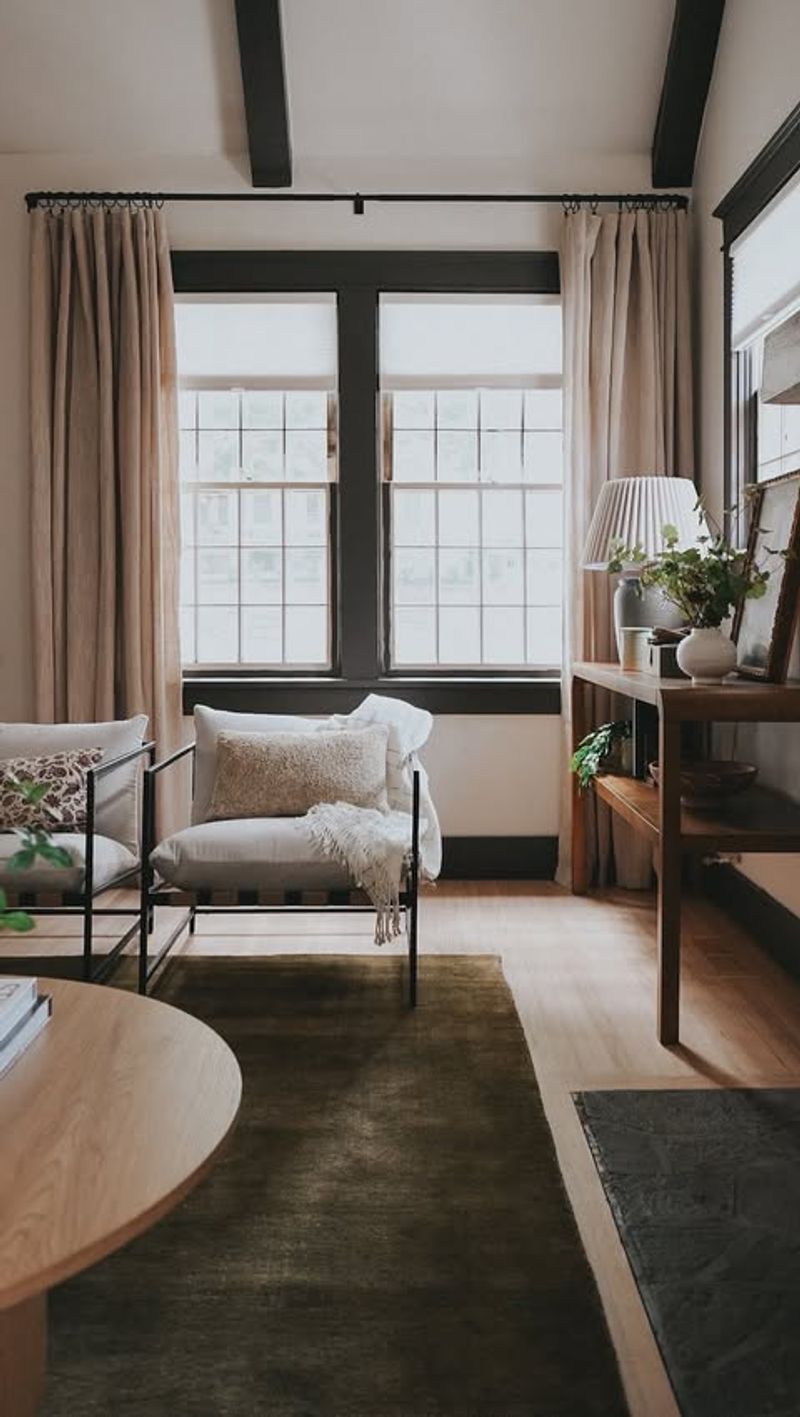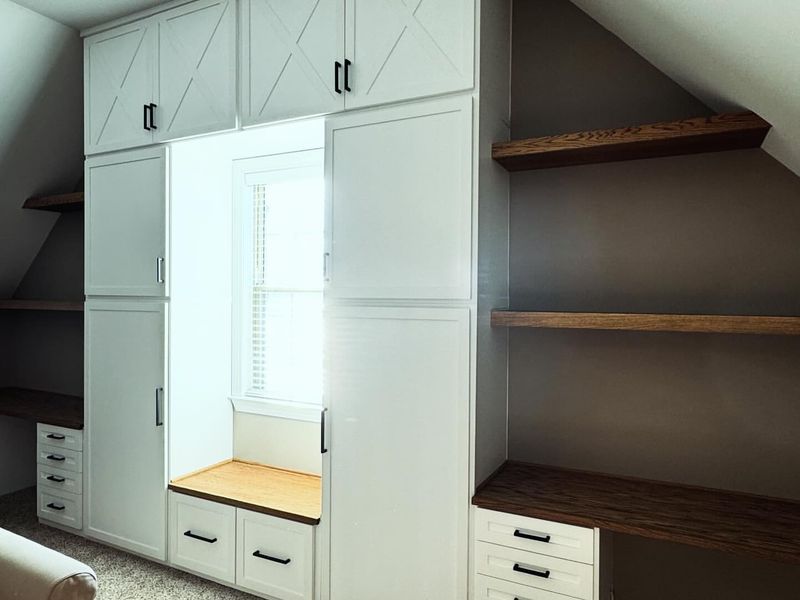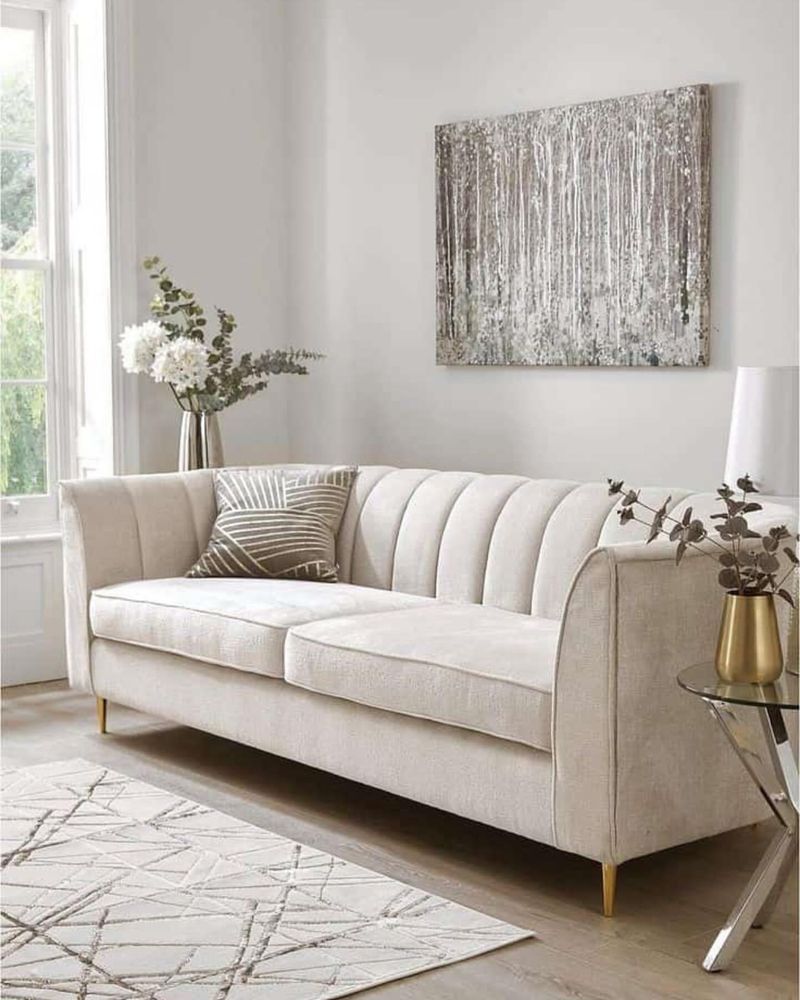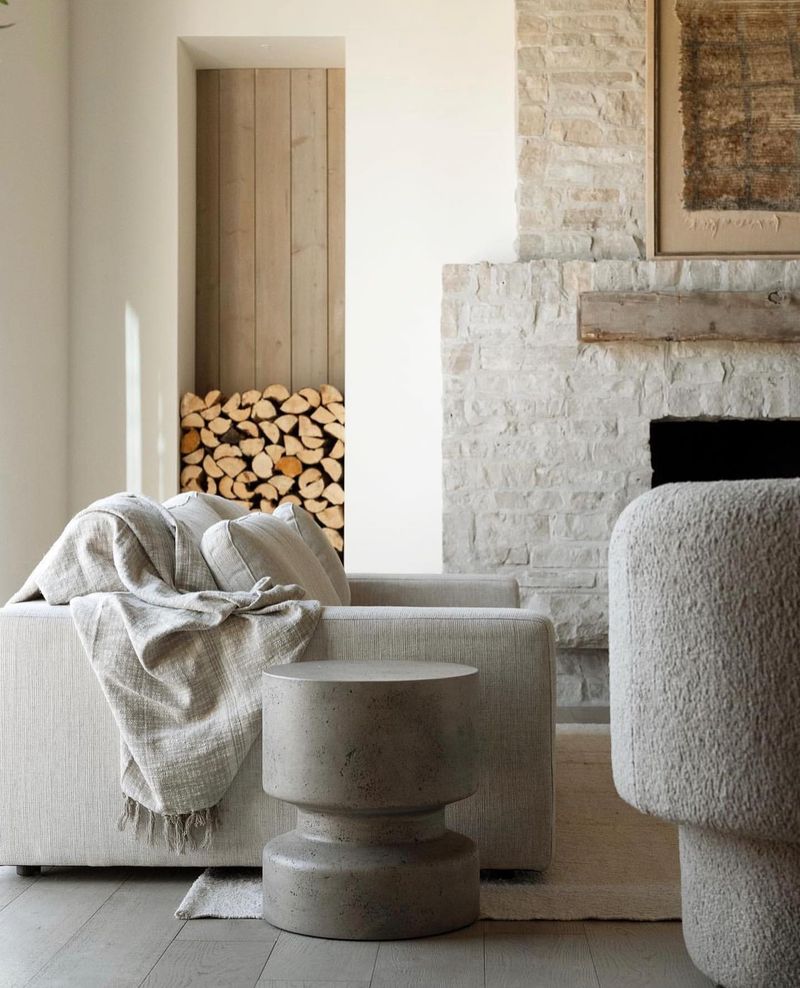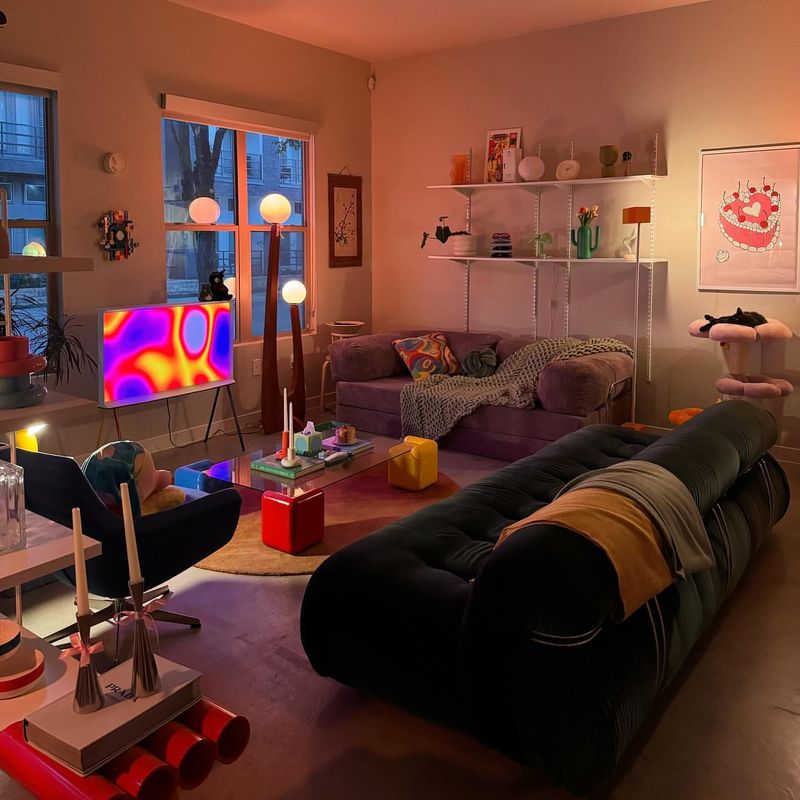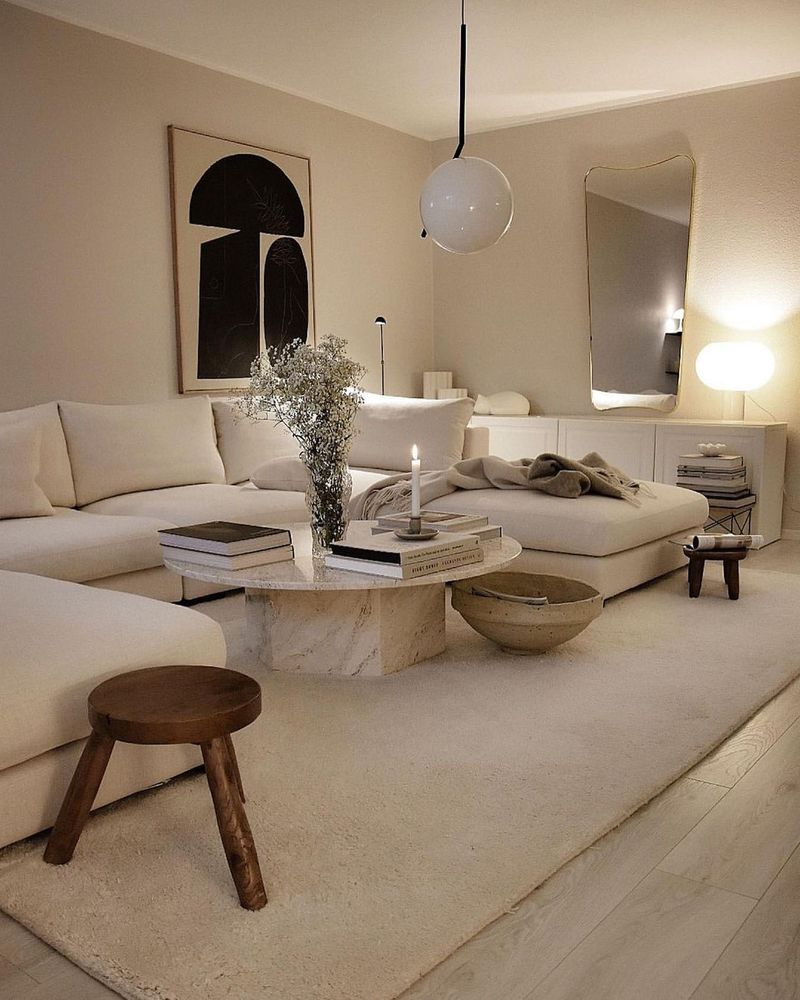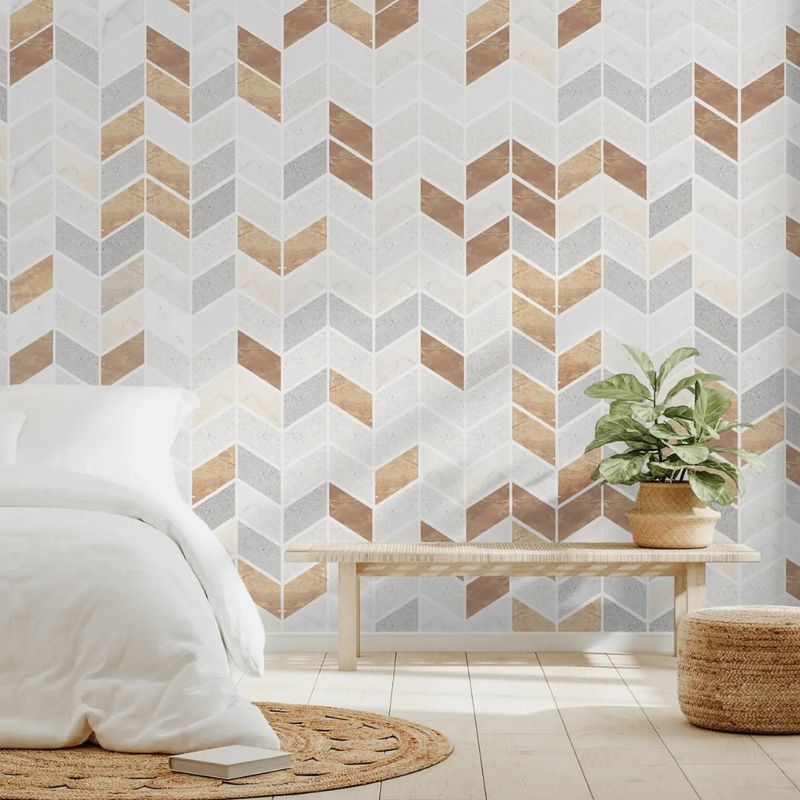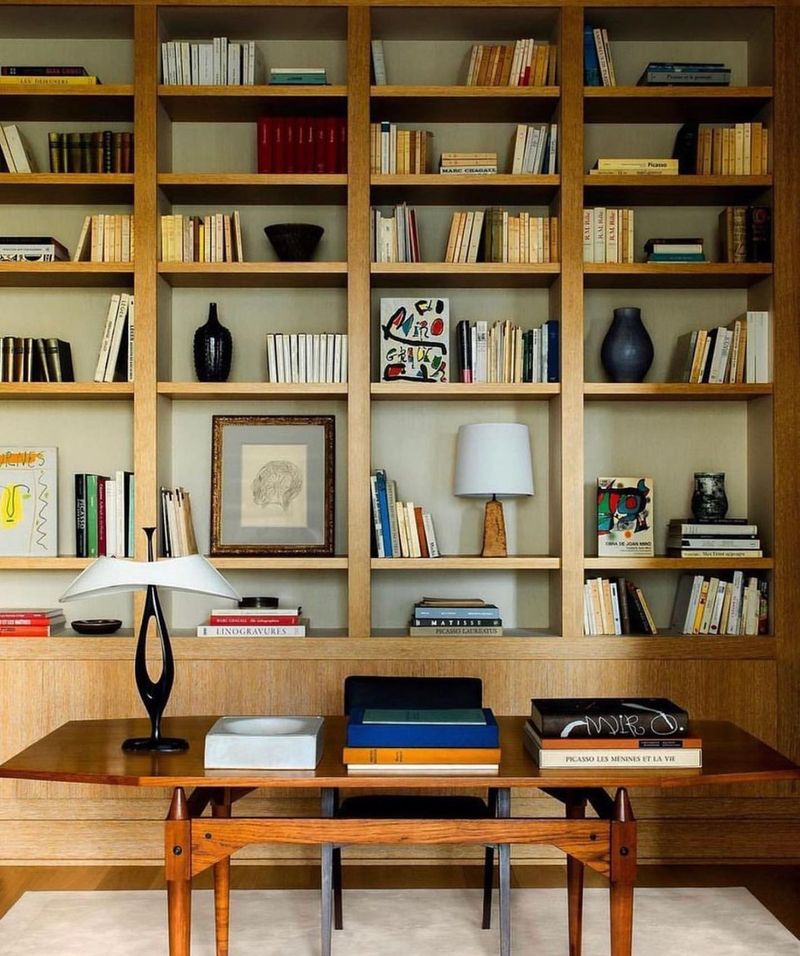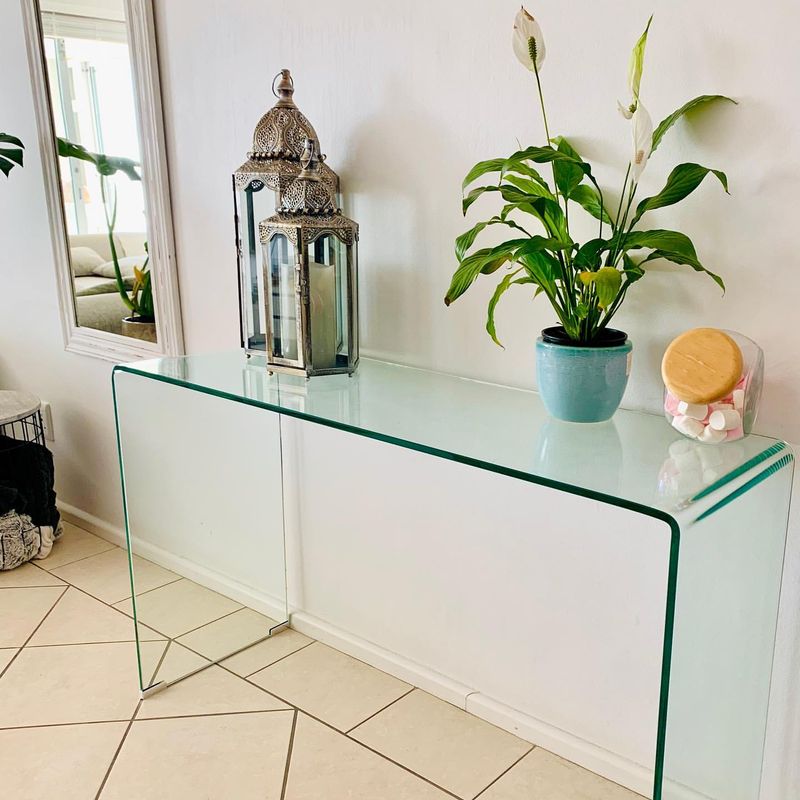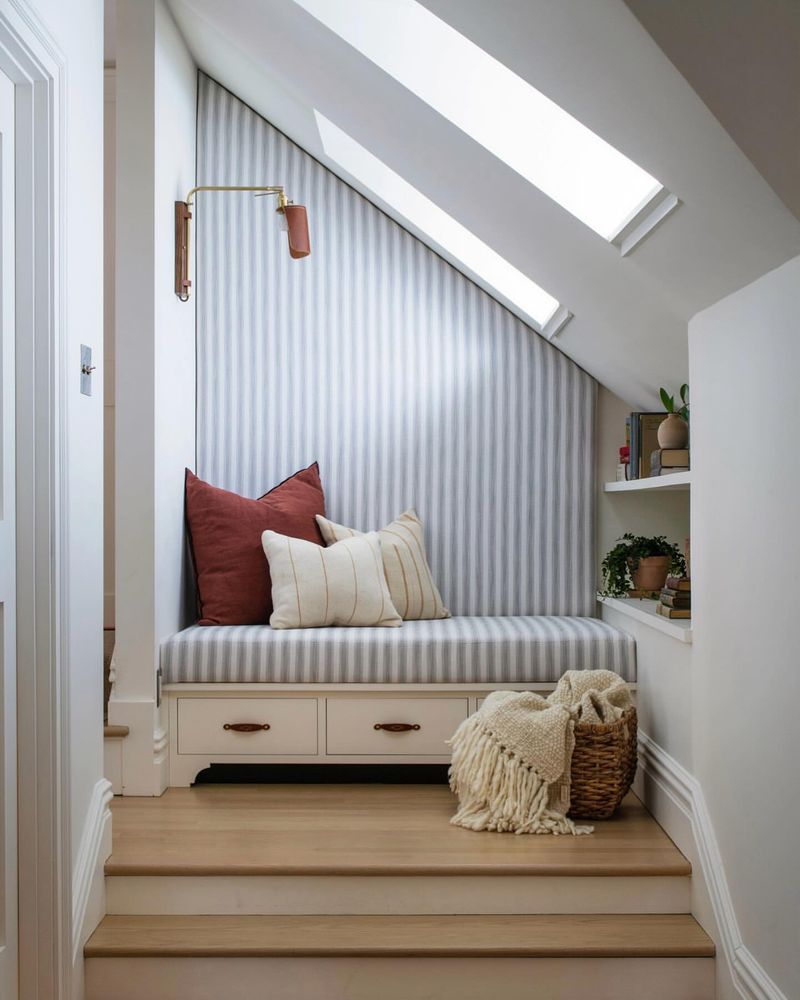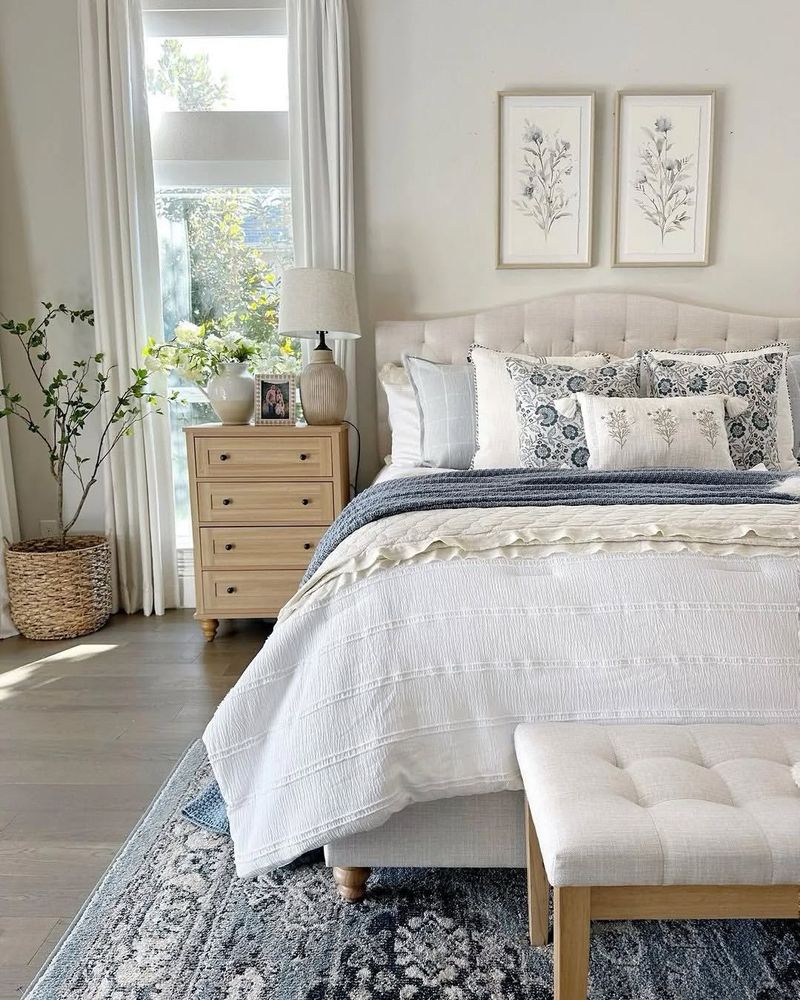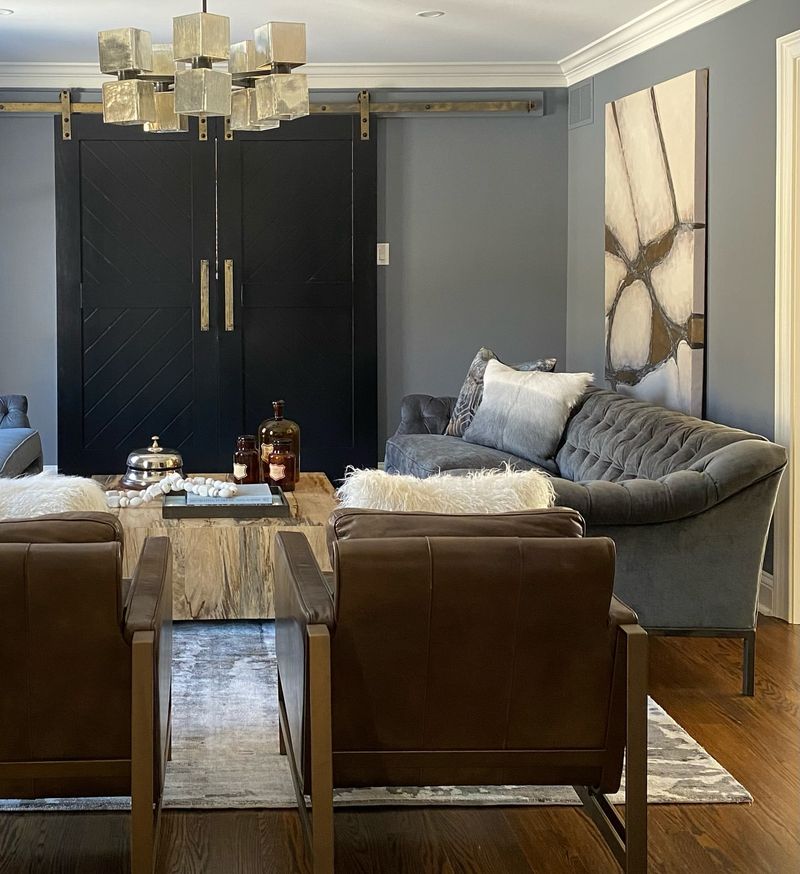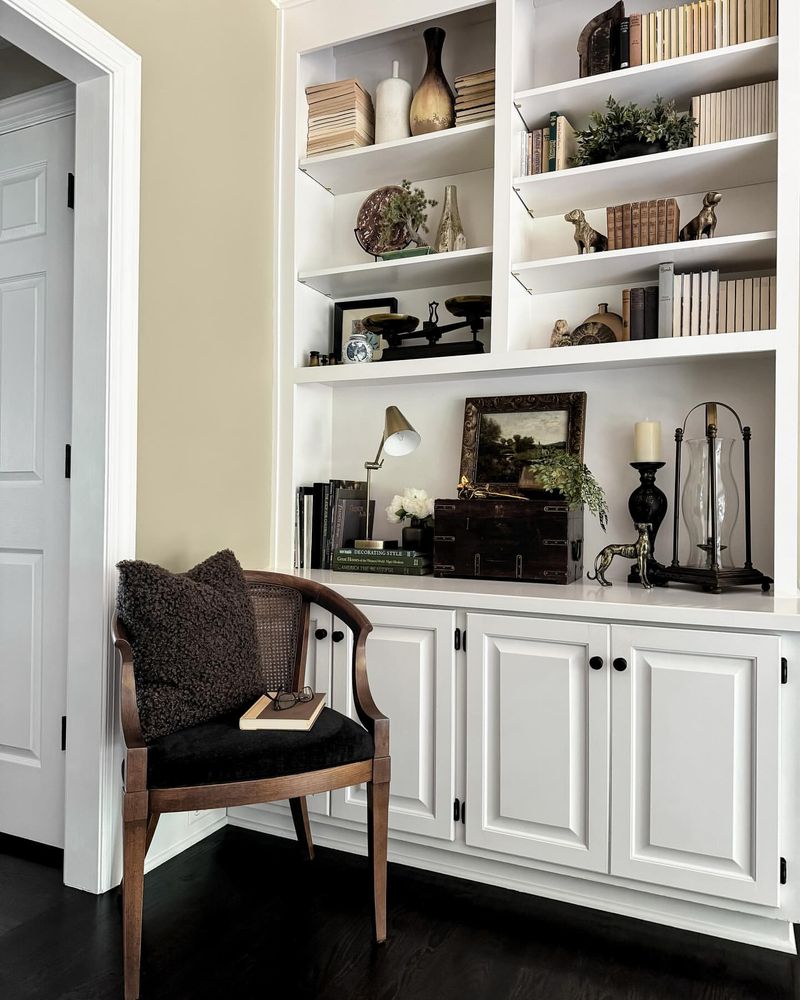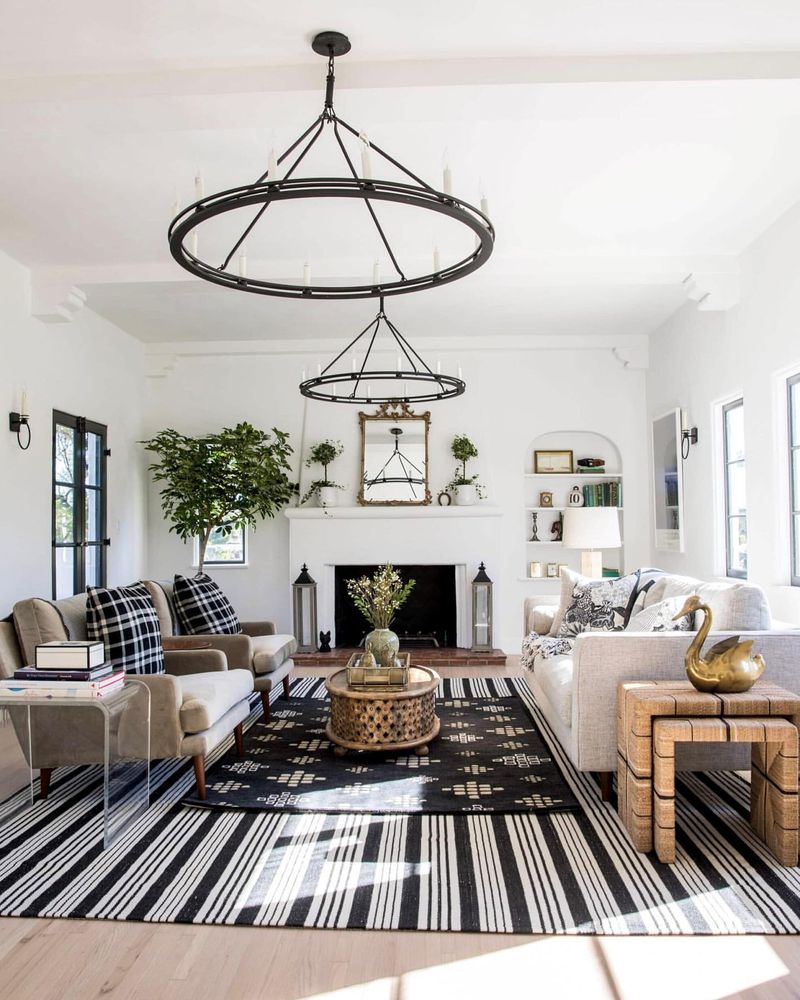Arranging furniture in an awkward room can be a daunting task. With these 30 must-follow rules shared by designers, you’ll transform any challenging space into a functional and aesthetic delight.
This guide is designed to help you create harmony and balance, regardless of your room’s quirks.
Let’s explore how to make the most of your space with creative solutions and professional insights. Whether you’re dealing with odd corners or limited space, these rules will guide you to success.
1. Embrace Asymmetry
Asymmetry can be your best friend in an awkward room. By embracing irregular shapes and unexpected layouts, you can create a dynamic and intriguing space. Consider placing a corner sofa that hugs the contours of your room, allowing for a natural flow.
Add artistic touches like avant-garde paintings or sculptures to balance the visual weight. These elements help in drawing the eye and creating a focal point. Remember, there’s beauty in imperfection, so let your creativity lead the way.
2. Use Mirrors to Your Advantage
Mirrors are magical tools in design. They not only reflect light, making a room appear brighter, but also create the illusion of more space. Position a large mirror on one of the walls of a narrow hallway or room to open up the area. Choose decorative frames that match your style to add a touch of elegance.
Mirrors can also highlight architectural features by reflecting them. This simple trick brings depth and enhances the overall ambiance of your home.
3. Opt for Multi-Functional Furniture
In small or awkward spaces, multi-functional furniture is a lifesaver. Choose pieces like sofa beds, ottomans with hidden storage, or expandable dining tables. These items give you flexibility and help maximize the usability of the room.
A wall-mounted drop-leaf table can serve as both a dining area and a workspace. By selecting furniture that serves multiple purposes, you can keep the area clutter-free and adaptable to various needs, ensuring every inch counts.
4. Create Zones for Different Activities
Distinguishing zones is essential in a multipurpose room. Use rugs, furniture placement, or lighting to define areas for specific activities like sleeping, working, or relaxing. In a studio apartment, a sofa can separate the living space from the sleeping area, while a desk lamp can signify a work zone.
By creating clear boundaries, you help organize the space, making it more functional and pleasant. This approach ensures each area serves its intended purpose without overlap.
5. Leverage Vertical Space
When floor space is limited, think vertically. Wall-mounted shelves, tall bookcases, and vertical storage solutions can make a dramatic difference. By going up, you free up valuable floor space while creating a visually interesting display.
Place books, plants, or art pieces on higher shelves to draw the eye upwards. This strategy not only maximizes storage but also adds an element of design flair to your room, giving it character and depth.
6. Choose Light Colors
Light colors can transform a cramped area into an airy retreat. Opt for soft pastels or neutral tones for walls and furniture to create a sense of openness. Light colors reflect natural light better, enhancing the room’s brightness and making it feel more spacious.
Use sheer curtains to allow maximum daylight to flood in. This palette not only enlarges the space visually but also contributes to a calming atmosphere, perfect for relaxation and comfort.
7. Avoid Blocking Pathways
Clear pathways are crucial for a functional room layout. Avoid placing bulky furniture that obstructs movement. Instead, position sofas and tables along the edges to allow easy flow. This arrangement not only ensures safety but also makes the space feel more open.
Keep pathways wide and clear of obstructions to enhance the room’s usability. This approach is especially important in high-traffic areas, ensuring every inch of space is accessible and practical.
8. Incorporate Reflective Surfaces
Reflective surfaces can add a touch of elegance while amplifying light and space. Consider using glass tables, polished metal accents, or glossy finishes. These surfaces catch and reflect light, making your room appear bigger and more inviting.
A glass dining table, for instance, provides an unobtrusive view, enhancing the sense of openness. Pairing these elements with soft lighting creates a sophisticated, airy atmosphere, perfect for entertaining or relaxation.
9. Use Large-Scale Art
Large-scale art can bring drama and focus to an awkward room. A single oversized painting or a bold mural can serve as a stunning focal point. In a small living room, this approach draws attention away from the room’s limitations and adds depth.
Choose art that complements your color scheme and reflects your personal style. This strategy not only enhances the visual appeal but also adds personality and flair, making the space uniquely yours.
10. Opt for Sliding Doors
Sliding doors are an excellent choice for small or awkward spaces. Unlike traditional doors, they don’t require extra clearance, saving valuable space. They also offer a sleek, modern look that complements minimalist designs.
In a compact bedroom, sliding doors can seamlessly connect the area to an adjacent closet or bathroom. This integration ensures functionality while maintaining a clean and uncluttered aesthetic, enhancing the room’s overall appeal.
11. Focus on the Focal Point
Every room needs a focal point, especially awkward ones. Identify a key feature like a fireplace or large window and arrange furniture around it. This helps define the space and creates a sense of order. In a living room, comfortable seating around a fireplace invites conversation and warmth.
By emphasizing the focal point, you guide the room’s layout organically, enhancing both functionality and visual interest. This technique brings harmony and cohesion to the space.
12. Accessorize with Purpose
Accessories should complement and enhance your room’s design. Choose items that add color, texture, and personality without overwhelming the space. Vibrant cushions, statement lamps, or textured rugs can elevate the overall aesthetic.
These elements provide visual interest and can tie the room’s theme together. Be mindful of scale and placement to maintain balance. Thoughtful accessorizing ensures that your space feels complete and reflects your personal style, while also maintaining its functionality.
13. Consider Round Furniture
Round furniture can soften harsh angles and promote a sense of inclusivity. In a dining area, a round table encourages conversation and allows for easy movement. Curved chairs and tables can also maximize space, fitting snugly into corners or awkward spots.
This shape adds fluidity to the room’s design, breaking the rigidity of linear layouts. Incorporating round elements creates a welcoming and dynamic environment, perfect for gatherings and relaxation.
14. Incorporate Plants for Freshness
Plants are more than just decorative; they bring life and vibrancy to any room. Incorporate a variety of indoor plants in awkward corners or areas lacking interest. Their natural beauty and fresh energy can soften harsh lines and add a sense of tranquility.
Choose plants that thrive indoors and match your maintenance preferences. This addition not only enhances aesthetics but also promotes a calming environment, improving the overall atmosphere and air quality.
15. Hang Curtains High
Curtains can dramatically affect a room’s perception. Hang them high, near the ceiling, to create an illusion of height. This trick draws the eye upwards, making the room appear taller and more grandiose.
Select long, flowing fabrics to add elegance and continuity from ceiling to floor. This approach not only enhances the room’s vertical dimension but also adds a touch of sophistication, making your space feel more luxurious and spacious.
16. Consider Built-In Solutions
Built-in furniture offers efficient use of space in awkward rooms. Consider installing shelves, desks, or seating that fit seamlessly into the room’s architecture. These solutions provide ample storage and work areas without consuming too much floor space.
In a small home office, built-in units can help you stay organized while maximizing functionality. This strategy optimizes the layout, making your room more practical and aesthetically pleasing.
17. Choose Furniture with Legs
Furniture with visible legs can create a sense of openness. Unlike bulky pieces that sit directly on the floor, legged furniture allows light and air to circulate underneath. This design choice gives the illusion of more space and makes cleaning easier.
Opt for mid-century modern or contemporary styles that emphasize this feature. Such furniture not only appears lighter but also adds an element of style, making your room feel more expansive and inviting.
18. Incorporate Texture for Depth
Texture adds depth and interest to a room’s design. Mix materials like velvet, wool, and leather to create a rich, layered look. A velvet sofa paired with a knitted throw and a shaggy rug introduces warmth and comfort. This combination engages the senses, making the space feel inviting and lived-in.
By varying textures, you enhance visual appeal and break the monotony of smooth surfaces, adding complexity and charm to your room.
19. Use Lighting Creatively
Lighting plays a crucial role in setting the mood and functionality of a space. Use a mix of ambient, task, and accent lighting to create layers and depth. In a bedroom, bedside lamps, pendant lights, and LED strips under shelves can offer diverse lighting options.
This flexibility allows you to adjust the ambiance to suit different activities. Creative lighting not only enhances the room’s aesthetics but also improves its usability and comfort.
20. Keep It Minimal
A minimalist approach can transform an awkward space into a serene haven. Focus on essential furniture and decor, avoiding clutter. Opt for simple lines, neutral colors, and functional pieces that serve multiple purposes.
This approach emphasizes space and light, making the room feel larger and more open. By reducing visual distractions, you create a peaceful environment that encourages relaxation and clarity. Minimalism brings balance and harmony to your home.
21. Experiment with Bold Patterns
Bold patterns can add character and excitement to an awkward room. Consider geometric wallpaper, vibrant tiles, or striking textiles. In a small bathroom, these elements can inject personality and make a strong statement.
Balance is key, so complement bold patterns with neutral tones to avoid overwhelming the space. This strategy adds visual interest and a unique flair, making even the smallest rooms memorable and engaging.
22. Balance Proportions
Proportions play a vital role in room design. Mix furniture of different heights and sizes to achieve a harmonious balance. A low coffee table paired with tall bookshelves creates a dynamic look that feels cohesive.
This approach ensures no single piece dominates the room, promoting a sense of equilibrium. By balancing proportions, you enhance both aesthetics and functionality, making the space visually appealing and comfortable to live in.
23. Use Glass or Lucite Furniture
Glass or lucite furniture can make a room feel open and chic. These transparent materials provide functionality without visual weight, perfect for maintaining an airy atmosphere. A glass coffee table or lucite chairs allow light to pass through, enhancing the room’s brightness.
This choice complements modern designs and can contrast beautifully with more traditional decor, adding a contemporary touch. These materials help maintain openness, perfect for small or awkward spaces.
24. Utilize Underutilized Nooks
Turn neglected corners into functional spaces. Transform an awkward nook into a cozy reading area with a built-in bench, cushions, and a small bookshelf. This creative use of space adds function and charm to underutilized areas.
It also provides a quiet retreat for relaxation or reading, enhancing the room’s versatility. By capitalizing on every inch, you make the most of your space, creating a home that adapts to your needs.
25. Pick the Right Scale
Choosing the right scale of furniture is essential for balance. In a large bedroom, opt for a king-sized bed and substantial nightstands to fill the space appropriately. Conversely, select smaller pieces for compact rooms.
This ensures harmony and prevents overwhelming the space. Proper scaling enhances both comfort and aesthetics, allowing each piece to complement the room rather than compete for attention. This thoughtful approach creates a cohesive and inviting environment.
26. Layer Different Styles
Mixing different styles can create a unique and personalized look. Blend modern, vintage, or eclectic elements to reflect your personality. A sleek sofa paired with an antique coffee table creates an intriguing contrast.
This approach adds depth and interest, breaking the monotony of a single style. By layering styles, you craft a space that feels curated and dynamic, showcasing your taste and making your home truly one-of-a-kind.
27. Add Personal Touches
Personal touches make a house a home. Incorporate family photographs, travel souvenirs, or handmade crafts to infuse your space with warmth and individuality. These elements tell your story and add character to the room.
By surrounding yourself with meaningful items, you create a welcoming environment that resonates on a personal level. This approach ensures your home reflects who you are, making it a place of comfort and connection.
28. Create a Visual Flow
Creating a visual flow guides the eye through your home seamlessly. Use a consistent color palette and strategically placed artwork or decor to lead the way. In a hallway, this approach directs attention from the entrance to the main living area.
This continuity ties different spaces together, enhancing the home’s overall cohesion and aesthetic. By establishing a visual flow, you ensure each room feels connected, contributing to a harmonious living environment.

